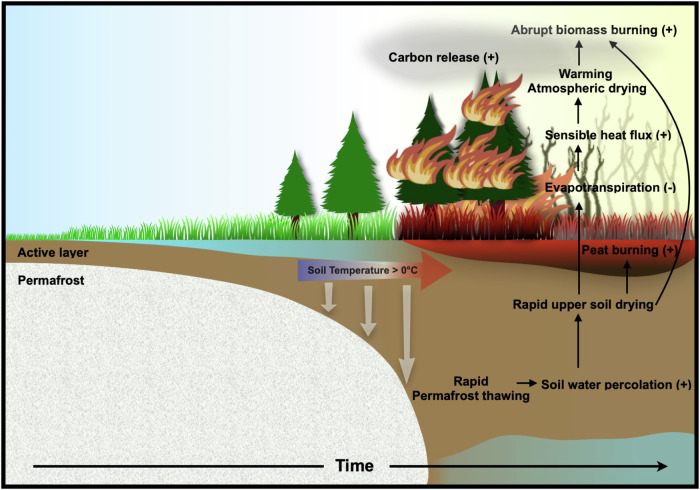Fig. 6. Schematic diagram highlighting pathways for an abrupt increase in wildfires following permafrost thaw.
Permafrost thaw occurs in response to increasing greenhouse gas concentrations when soil temperatures exceed 0 °C. A rapid thaw over the ice-rich Arctic-Subarctic permafrost regions can trigger a subsequent abrupt drying of the upper soil due to increasing soil water percolation and an associated reduction in summer soil evaporation. This, in turn, increases sensible heat fluxes from the surface to the atmosphere, generating near-surface atmospheric warming and an increase in atmospheric dryness. These rapidly emerging conditions can promote wildfire. Moreover, positive trends in CO2 fertilization in the CESM2-LE model further increase vegetation carbon stocks, which can serve as additional fuel for combustion, thereby contributing to the intensification of wildfires.

